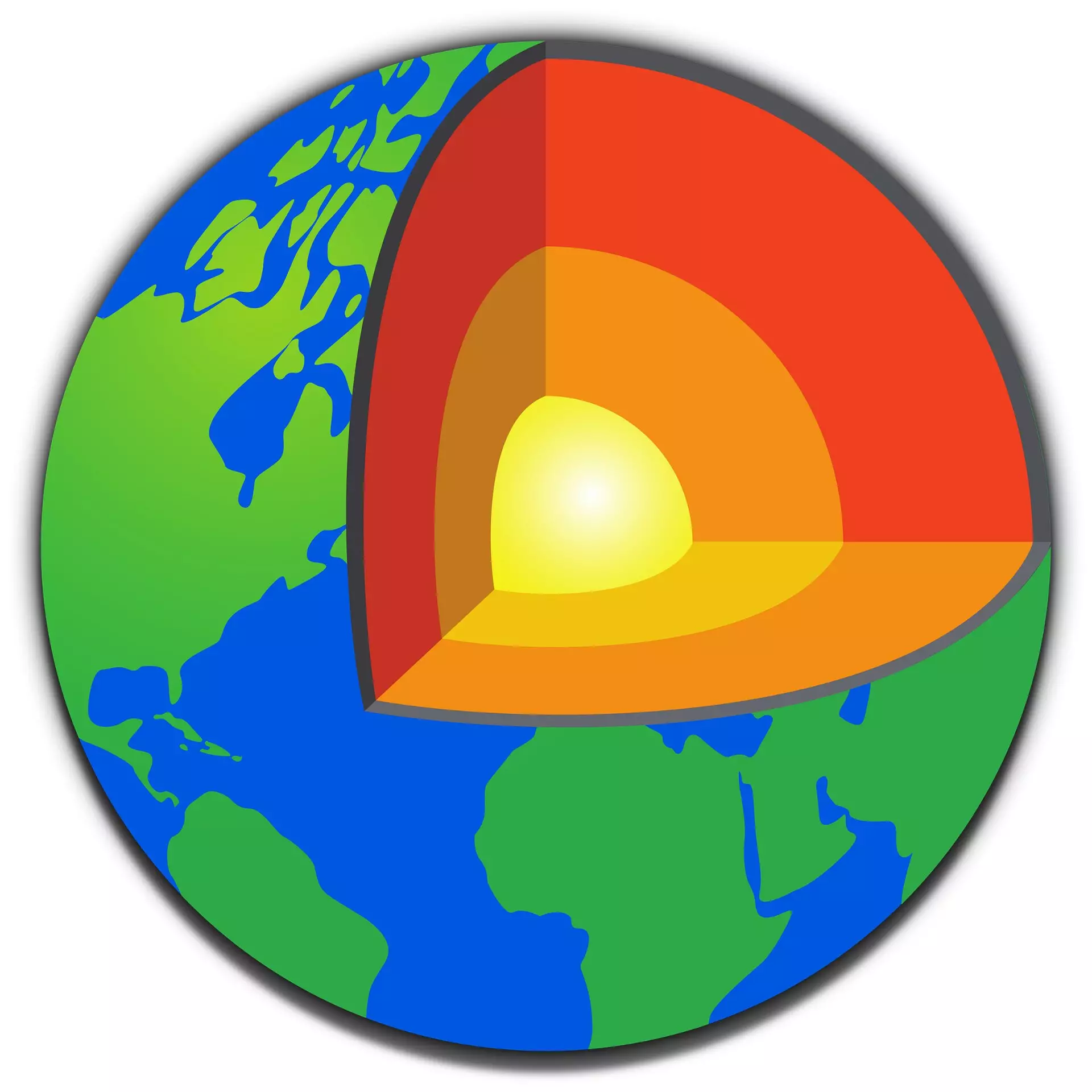Recent scientific research has unveiled remarkable insights into the origins of lavas produced by volcanic hotspots dotted around the globe, such as those in Hawaii, Samoa, and Iceland. Traditionally, scientists believed that these lavas stemmed from diverse chemical reservoirs within the Earth’s mantle, each featuring distinct isotopic and compositional characteristics based on their origins and the geologic processes involved in their formation. However, a study published in Nature Geoscience challenges this notion, suggesting that lavas from such hotspots may originate from a more uniform and chemically consistent source in the mantle than previously understood. This research reflects a significant paradigm shift in our comprehension of Earth’s internal processes and its elemental evolution.
The findings of this research indicate that while hotspot lavas exhibit significant differences in their chemical makeup, these variances are not indicative of separate, distinct sources within the mantle. Instead, they arise during the ascent of the magma as it interacts with a variety of rock types en route to the Earth’s surface. Dr. Matthijs Smit, an associate professor at the University of British Columbia, articulately summarizes this shift in perspective, noting that these lavas share a common chemical ‘ancestor.’ It posits that the saturation of different minerals and elements as magma rises is responsible for the unique characteristics seen in the lavas once they erupt.
The implications of Dr. Smit’s research push us to rethink the mantle’s complexity. It appears that rather than harboring primordial and chemically separated reservoirs, the mantle is more homogeneous in its composition. This revelation could fundamentally alter many existing geological models that attempt to explain variations in volcanic activity and magma composition around the globe.
Studying the mantle directly is inherently challenging due to its inaccessibility. Scientists employ indirect methods, analyzing trace elements and isotopes in erupted lava to glean insights about this critical layer of Earth. The assumption that isotopic characteristics of magma remain unchanged from the mantle source to its eruption has long influenced our understanding of the mantle’s diversity. Dr. Smit and co-author Dr. Kooijman’s research now urges scientists to reconsider this assumption in light of their findings, emphasizing the importance of the interaction between magma and surrounding geological formations.
The advanced analysis in this study was pivotal, as it allowed researchers to isolate chemical effects that take place as magma makes its journey to the surface. The ability to identify that hotspot lavas share a common initial composition has profound implications for future research. It opens up avenues for the development of novel models that may better describe the chemistry and behavior of the mantle.
Interestingly, the study also draws connections between hotspot lavas and basaltic lavas found on continental plates. Although these two categories of lava appear fundamentally distinct—especially since some continental lavas can contain precious components like diamonds—they still share the same magma lineage. This shared ancestry aspect not only emphasizes the interconnectedness of Earth’s geological features but also enhances our understanding of the global cycle of elements.
Dr. Smit describes this breakthrough as a “game-changer.” The reformed understanding of the mantle could facilitate new hypotheses for scientific exploration and geochemical research. With a simpler model of the mantle’s homogeneity in place, geologists can devise fresh strategies to interpret the mantle’s dynamics and its extensive role in the planet’s evolutionary narrative.
The current study challenges long-standing beliefs concerning the chemical complexities of Earth’s mantle and invigorates scientific dialogue surrounding volcanic activity. This newfound understanding encourages researchers to rethink how magma development occurs, the implications for plate tectonics, and the mantle’s role in global geochemistry. As this research gains traction, it promises to reshape models that have historically explained volcanic behavior and the evolutionary processes that have shaped our planet over eons. The exploration of the Earth’s interior is far from over, and these insights pave the way for future endeavors in the field of geosciences.



Leave a Reply